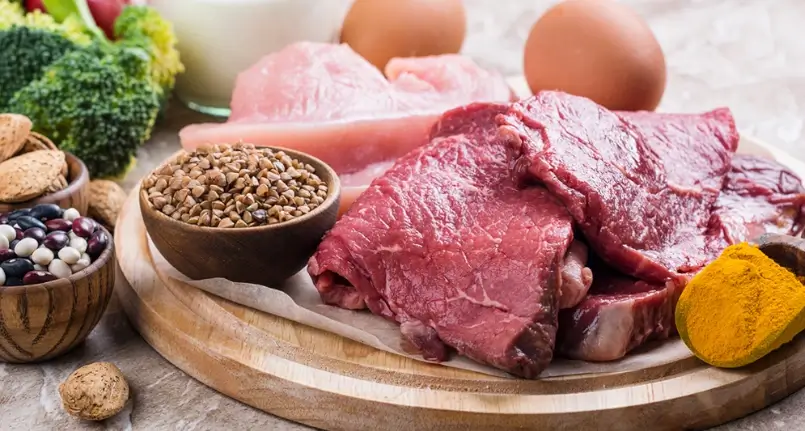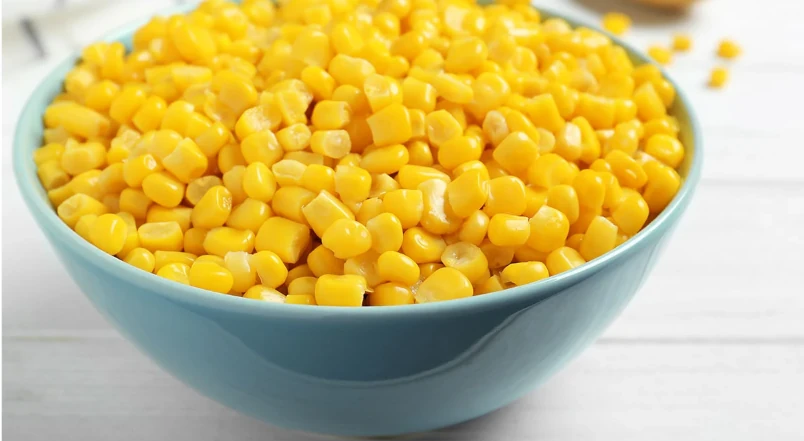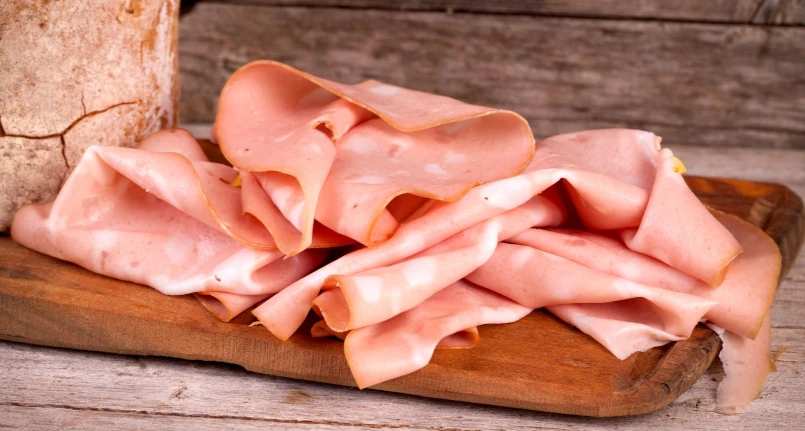Introduction
Animal proteins: where they are found
- meat (bovine, pork, sheep, horse, poultry, offal );
- fish;
- egg;
- milk , cheese and dairy products.
Vegetable proteins: where to find them
- legumes ( peas , lentils , chickpeas , broad beans )
- derivatives of spoa – which we remember is a legume – ( tofu , tempeh , miso , tamari shoyu)
- whole grains or their parts ( e.g. wheat germ );
- other seeds ( sesame seeds , hemp seeds , chia seeds );
- nuts (pine nuts , almonds , peanuts , dried walnuts );
- algae (e.g. spirulina ).
Animal and vegetable proteins: differences
Proteins, as you know, are made up of building blocks called amino acids. Some of them are essential, i.e. the body is unable to produce them and it is necessary to introduce them with food . Animal proteins are more complete as they contain all the essential amino acids in quantities and ratios similar to human proteins. Vegetable proteins, on the other hand, are less complete, as they are deficient in one or more essential amino acids – however, by alternating them from different sources, it is possible to balance the biological value of vegetable proteins.
Another difference, in addition to the type of protein, concerns the digestibility coefficient , a parameter that indicates how much food is absorbed, and therefore the percentage of digestibility. In this sense, vegetable proteins have a lower digestibility, just think of cereals and legumes. In fact , meat and eggs are more digestible .
As for the nutritional properties and the contribution of vitamins and mineral salts , animal and vegetable proteins differ clearly. Vegetable foods , often consumed by those who observe a vegetarian or vegan type of diet , contain vegetable proteins which are an important source of fibre , with a high satiating and low-calorie power . On the other hand, however, it is useful to detect a lower quantity of iron and vitamin B12 , compared to animal proteins.
Here are the foods with the most plant-based protein and how to increase your intake.
Here’s how much protein to eat a day to lose weight.
Which ones to prefer?
Proteins, as is known, are not the only element to consider in a healthy and balanced diet when it comes to nutrients . Instead, it is important to consider protein quality in terms of amino acid composition . Which do you prefer between animals and plants from this point of view? Vegetable proteins , due to their lack of essential amino acids, should not be preferred since they do not represent an equally nutritious and complete alternative to animal proteins.
This does not mean that it is not possible to exclude animal proteins from the diet, but that it is essential to combine plant foods of different origins to obtain the same nutritional level. A classic example, recommended by nutrition experts, is given by the combination of cereals and legumes, therefore pasta and chickpeas, pasta and beans , rice and peas
In this case we speak of protein complementation: the amino acids that pasta lacks ( lysine , methionine , etc.) are supplied by legumes, and vice versa. A lysine deficiency can lead to a vitamin B3 deficiency , essential for the functioning of the nervous system and for cellular respiration . If methionine is deficient , however, hair , nails and oxidative stress at the cellular level could be affected .
Daily protein requirement
It is essential to provide the body with a daily amount of protein that allows you to restore the daily loss of 20-80 g of protein.
According to experts, in sedentary subjects – of all ages and both sexes – protein must appear in quantities ranging from just over a gram to just over one and a half grams per kilogram of body weight. Of these, to be sure of a satisfactory biological value, 2/3 must derive from products of animal origin and 1/3 from products of vegetable origin.
As a percentage of the normocaloric diet of a subject who has an average level of physical activity, proteins should occupy 12-18/20% (approximately of energy) – the maximum level can vary greatly from one bibliographic source to another .
Biological value
The biological value of proteins helps to evaluate the composition of essential amino acids. In some plant foods it is comparable to that of meat and fish. But it cannot be considered a universal discourse. In this sense, vegetable proteins are not balanced in terms of essential amino acids, but animal proteins are not preferable to vegetable ones as they have a high acidifying power. Furthermore, foods containing proteins of animal origin are richer in saturated fats , cholesterol and deficient in vitamins and mineral salts .
Where to find vegetable and animal proteins
Proteins of plant and animal origin should be included in a balanced diet. One category does not exclude the other. Animal proteins are present in: meat, fish , eggs, milk, cheese and dairy products.
Vegetable ones, on the other hand, are found in: legumes (peas, lentils, chickpeas, broad beans); soy and derivatives (tofu, tempeh, miso, tamari shoyu), cereals (spelt, wheat germ ), seeds (sesame seeds, hemp seeds, chia seeds), dried fruit (pine nuts, almonds, peanuts, dried walnuts ) , wheat bran , algae (spirulina) etc.
That’s how much protein it takes to build muscle.




